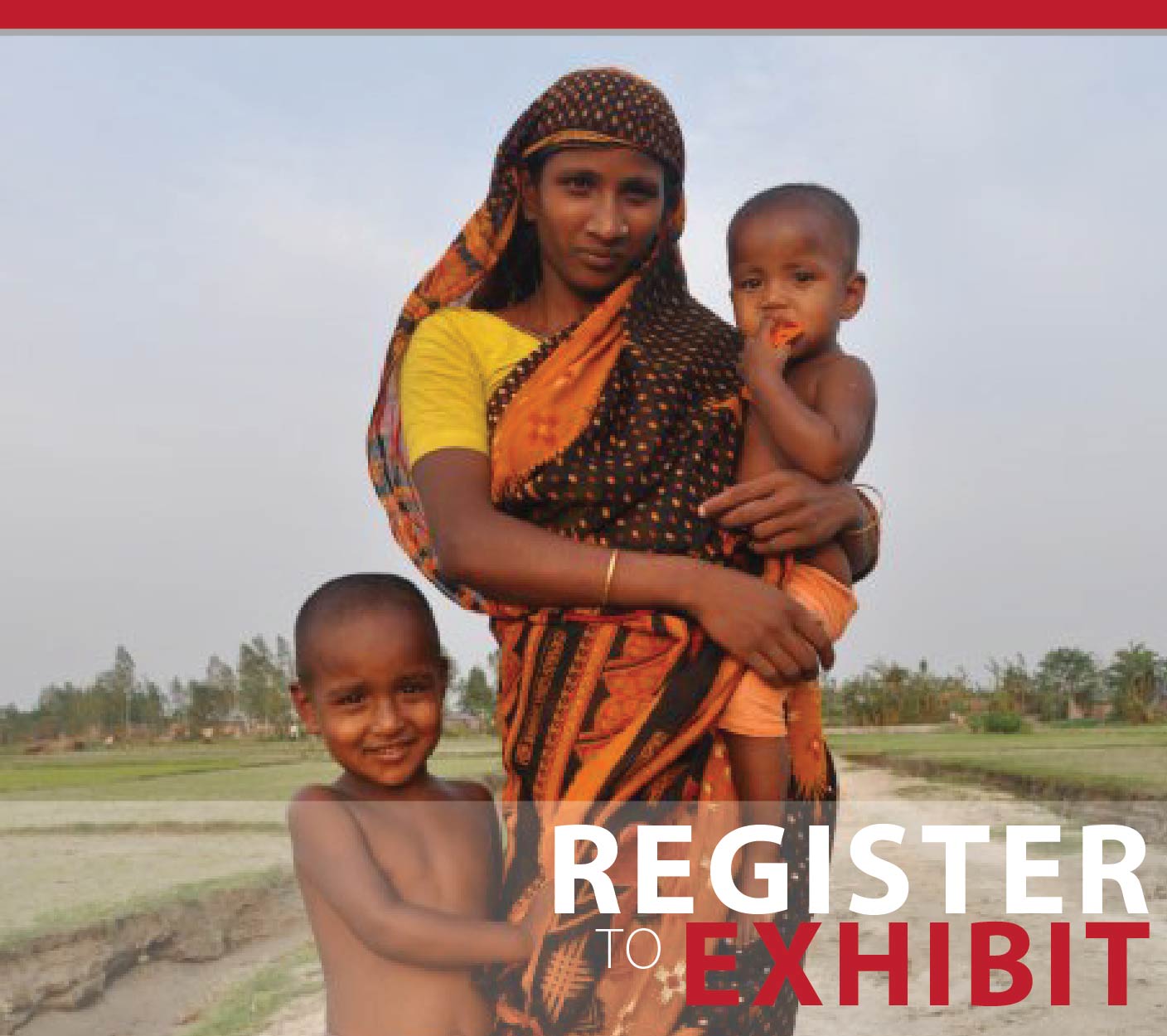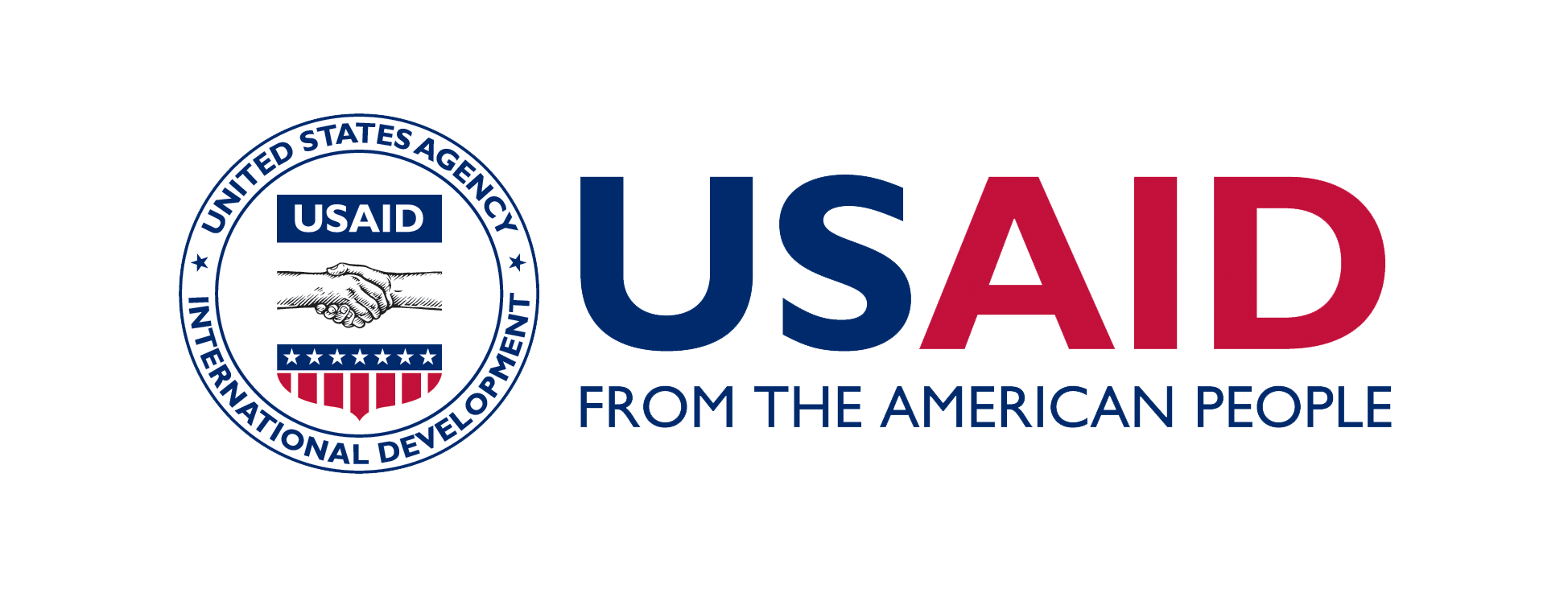Repost via HuffingtonPost.com
By: Christopher Purdy, Executive Vice President, DKT International
The Family Planning Summit held in London in July 2012 highlighted reproductive health issues and raised the profile of what still needs doing in the developing world. Participants pledged $2.6 billion dollars in additional funding to achieve a worthy goal: provide 120 million new women who have ‘unmet need’ with family planning products and services by 2020 in 69 of the world’s poorest countries. The movement to achieve this goal has been dubbed ‘FP2020.’
Energized by this remarkable summit, I sat down to determine how DKT International might contribute, and was quickly confronted by a quandary: an analysis of available data on a country-by-country basis suggests that a majority of the women with unmet need for family planning are in the world’s middle income countries.
The useful ‘Adding it Up’ document (which provides broad estimates on contraceptive costs and benefits of contraception) did not include a country-by-country analysis, which we needed in order to make program decisions. For that, I turned to the 2011 UN World Contraceptive Use Wall Chart, which provides family planning use data generally compiled from Demographic Health Surveys and similar national surveys. In the 120 countries covered (total population = 86 percent), the total number of married women with unmet need comes to an estimated 111 million.
But FP2020 targets women who are unmarried as well. The Population Division of the United Nations estimates the total number of women aged 15-49 (married and unmarried) at 1.5 billion in 2010 (see the ‘Population by Age Groups - Female’ table). Allowing for proportional unmet need among unmarried women at 50 percent of married women, there are 144 million women with unmet need, 73 percent of them in 20 countries, which include lower-middle and upper-middle income countries such as India, the Philippines, and Algeria.
Using the same UN estimates, if we consider only the 69 priority countries of FP2020, the number of all 15-49 year old women with unmet need drops to 109 million. However, if we include only those countries with per capita GNI (PPP adjusted) below $2,500, the number with unmet need drops to around 48 million. Most of these countries are in Africa, the area where donors are understandably focusing a majority of their resources.
These numbers are somewhat at odds with the FP2020 unmet need estimate of 160 million women in part because FP2020 includes women who use traditional methods in their calculation but also perhaps because of differences in methodology: the FP2020 numbers are broad, aggregated estimates and not based on a country-by-country analysis.
Many of the countries where there is a need for family planning are lower-middle and upper middle-income countries, defined by the World Bank as countries with per capita incomes between $1,026 - $4,035 and $4,036 - 12,475 respectively. This is because countries like Indonesia, South Africa, and Mexico contain large pockets of poor people who need family planning. According to the UN Contraceptive Wall Chart, of the 30 most populous countries (representing 72 percent of the world’s population), only 12 of them fall below the $2,500 threshold. In short, most of the unmet need is where the people are but not necessarily where average income levels are lowest.
What does this all mean for those of us committed to the FP2020 goal and trying to make decisions on how and where to invest time and resources? For DKT, it meant opening up new programs in Pakistan and Nigeria (both lower-middle income countries) last year.
Given that significant unmet need continues to exist in middle-income countries, it seems fair to assume that we will be hard-pressed to reach 120 million new women unless we invest in these countries. Allocation of human and financial resources is underway but needs to be aligned with the realities of where the greatest chance for success can be achieved. It would appear that some re-orientation may be required to avoid falling short of FP2020′s ambitious target 7 years from now.












